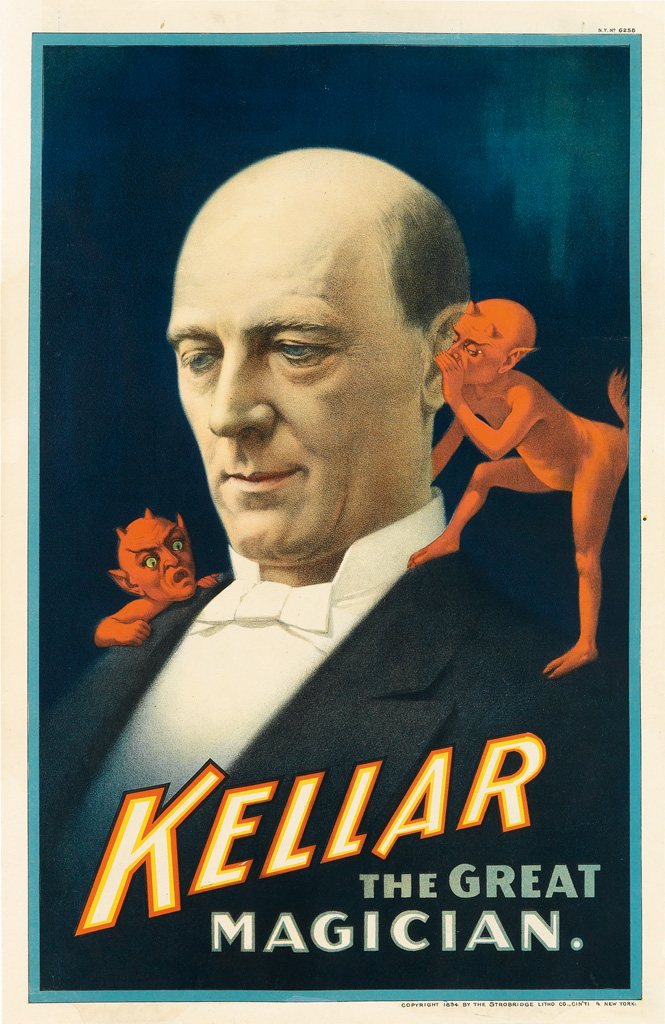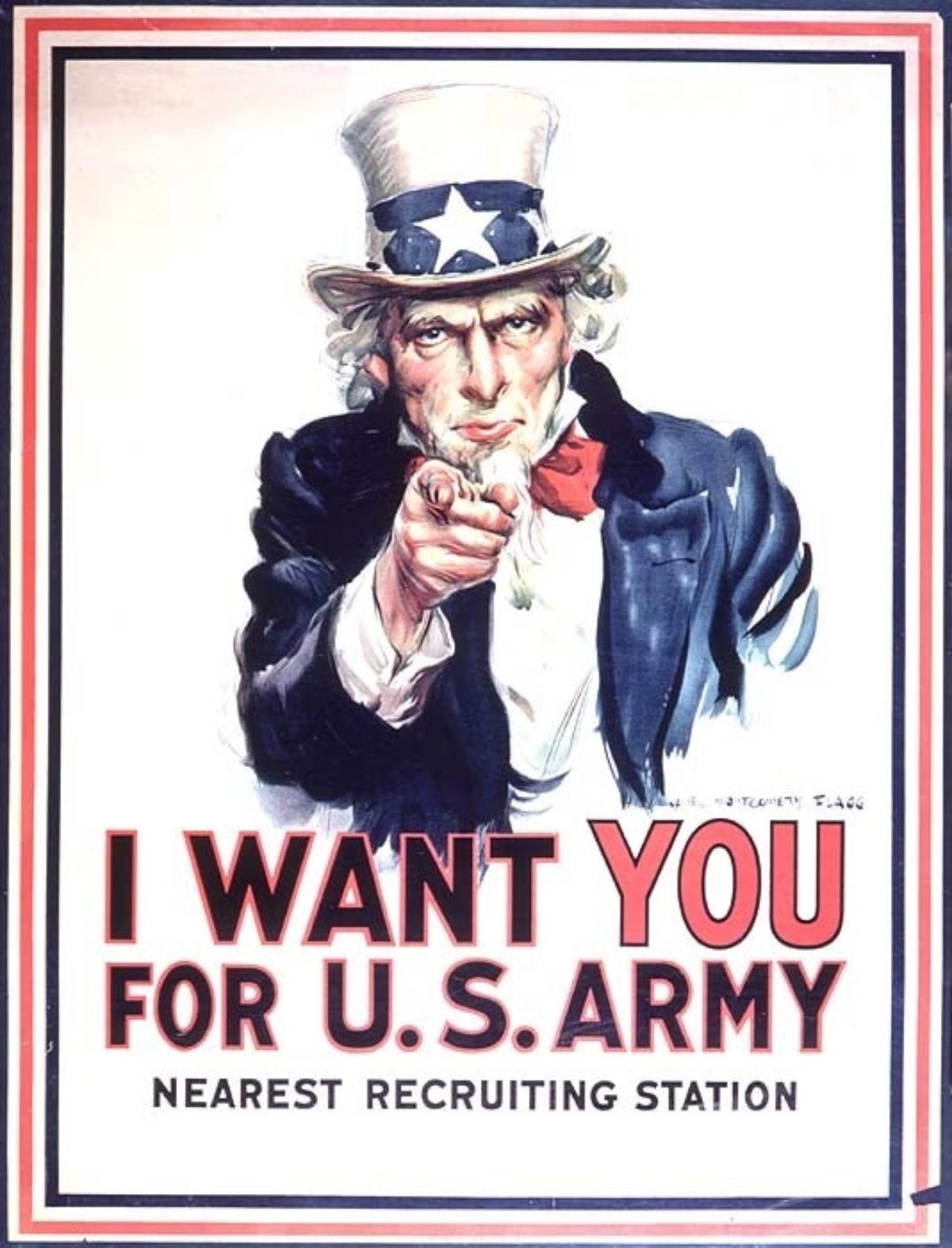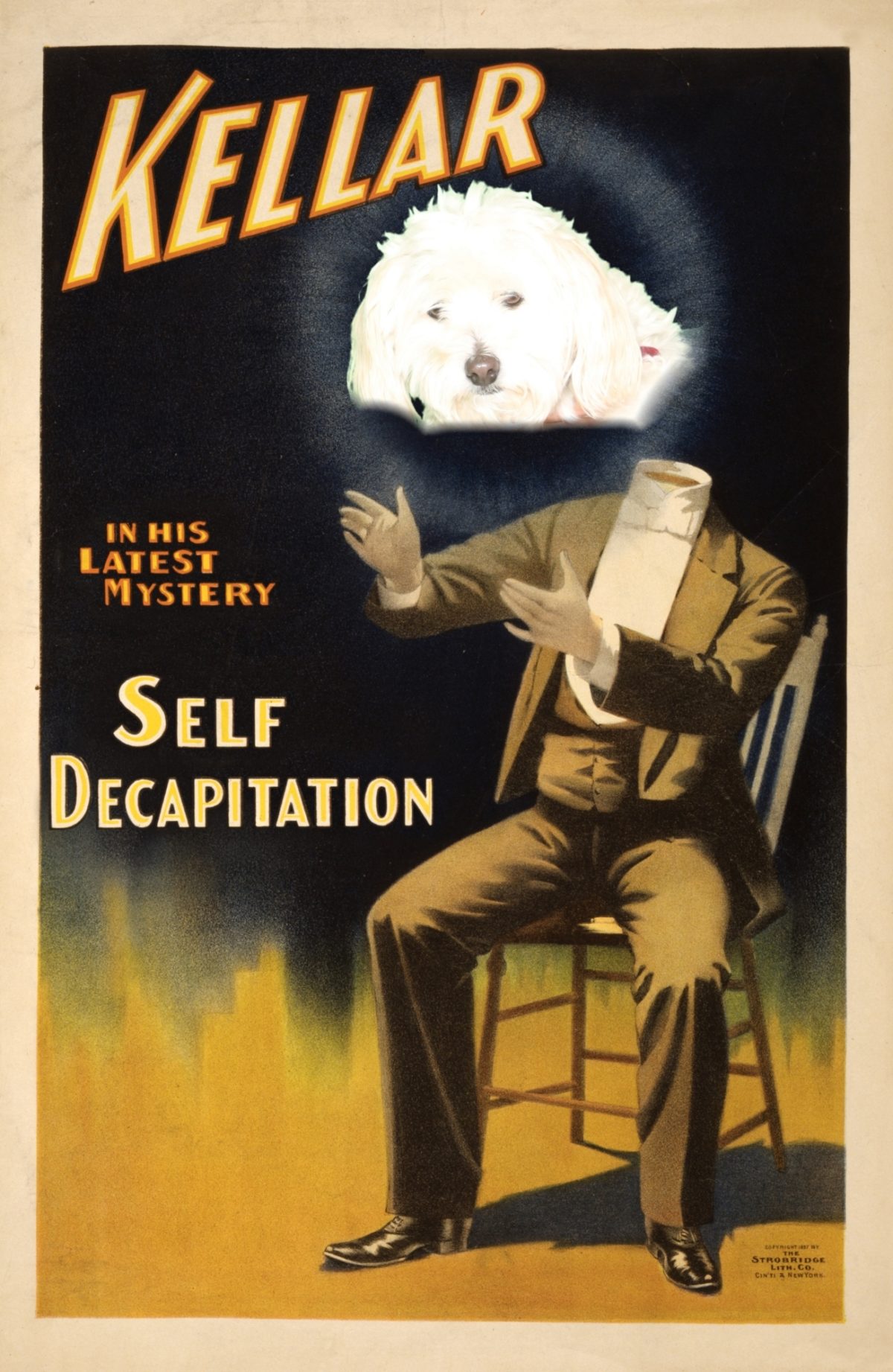
Our Poster Photo Booth!
Have you ever looked at a vintage poster and said to yourself, “wow…I wish I could look that cool”? Well, at Poster House, you can be that cool. We’ve worked with LA Photo Party & Kudos to create proprietary software that allows you to layer yourself within a select group of famous posters. To whet your appetite for your next visit, here’s a sneak peek on the first round of posters we’ve chosen, and what makes them amazing!
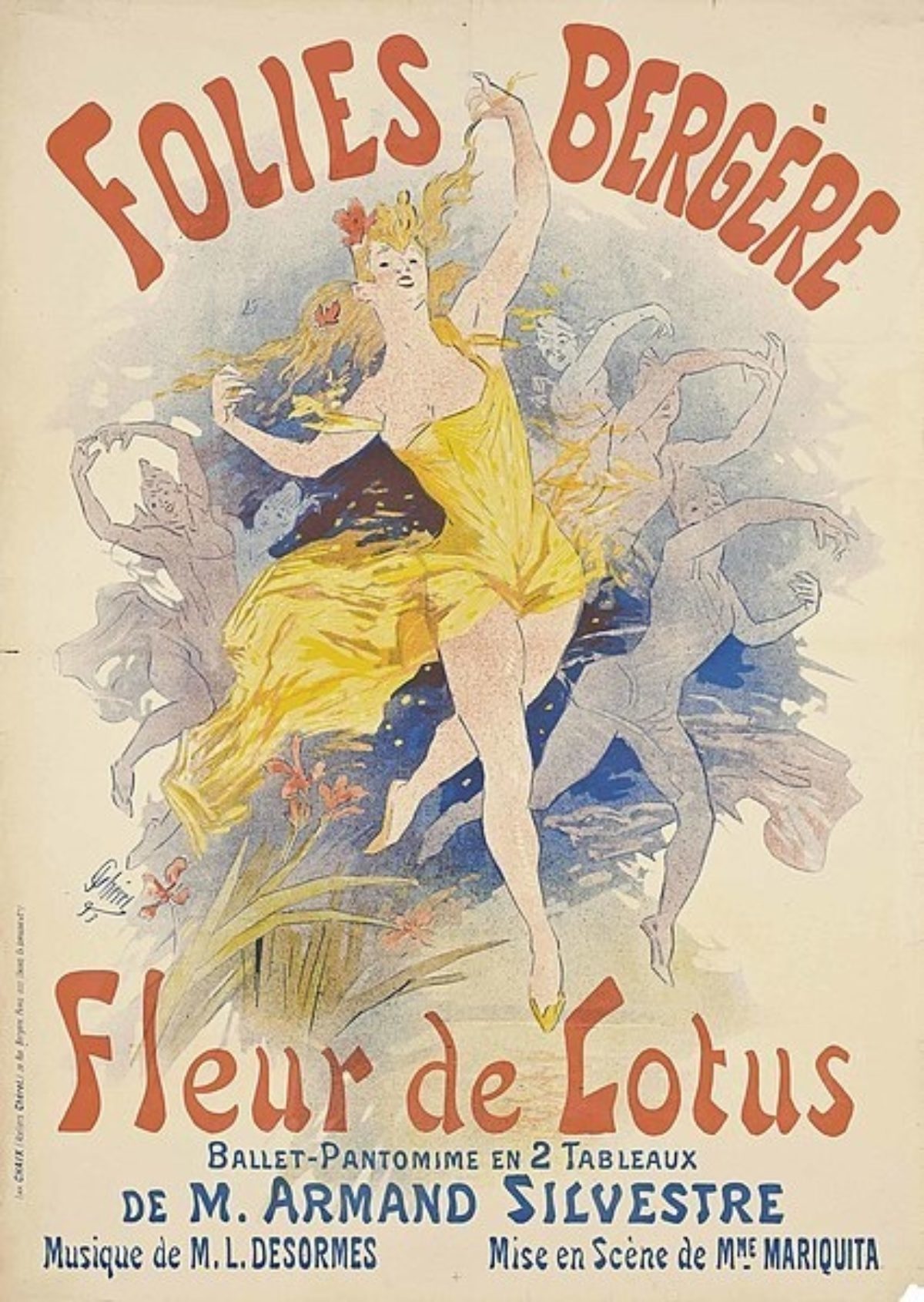
Folies Bergère/Fleur de Lotus by Jules Chéret, 1893
Known as the Father of the Poster, Jules Chéret invented the large-scale color lithographic process that allowed poster to be made cheaply and quickly. He created over 1,000 posters in his lifetime, many of them populated with Chérettes—bubbly, golden-haired nymphs frolicking across the page, typically dressed in yellow. This poster was produced for the Folies Bergère, the most famous music hall in Paris. The performance is a new ballet-pantomime that culminated in a shower of “diamonds” that rained down upon the audience.
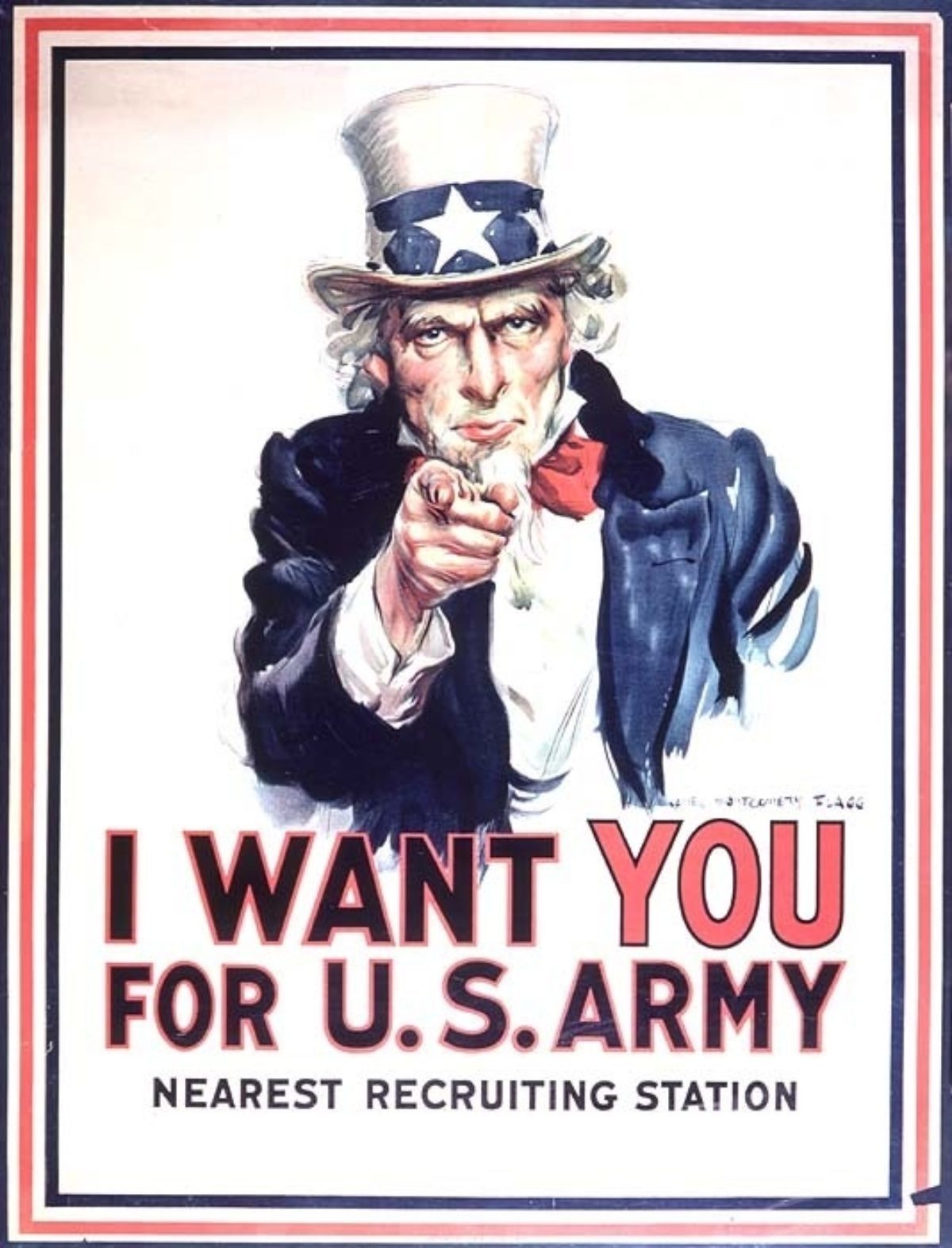

I Want You by James Montgomery Flagg, 1917
If you’ve been following our blog for a while, you’ll remember that this poster featured heavily in our History of Pointing in Posters. It may not be the first time this pose appeared in advertising, but it is certainly the most famous. Rumor even has it that Flagg used himself as the model for Uncle Sam. The poster was so popular that it was re-issued during World War II, and continues to be parodied to the present day.
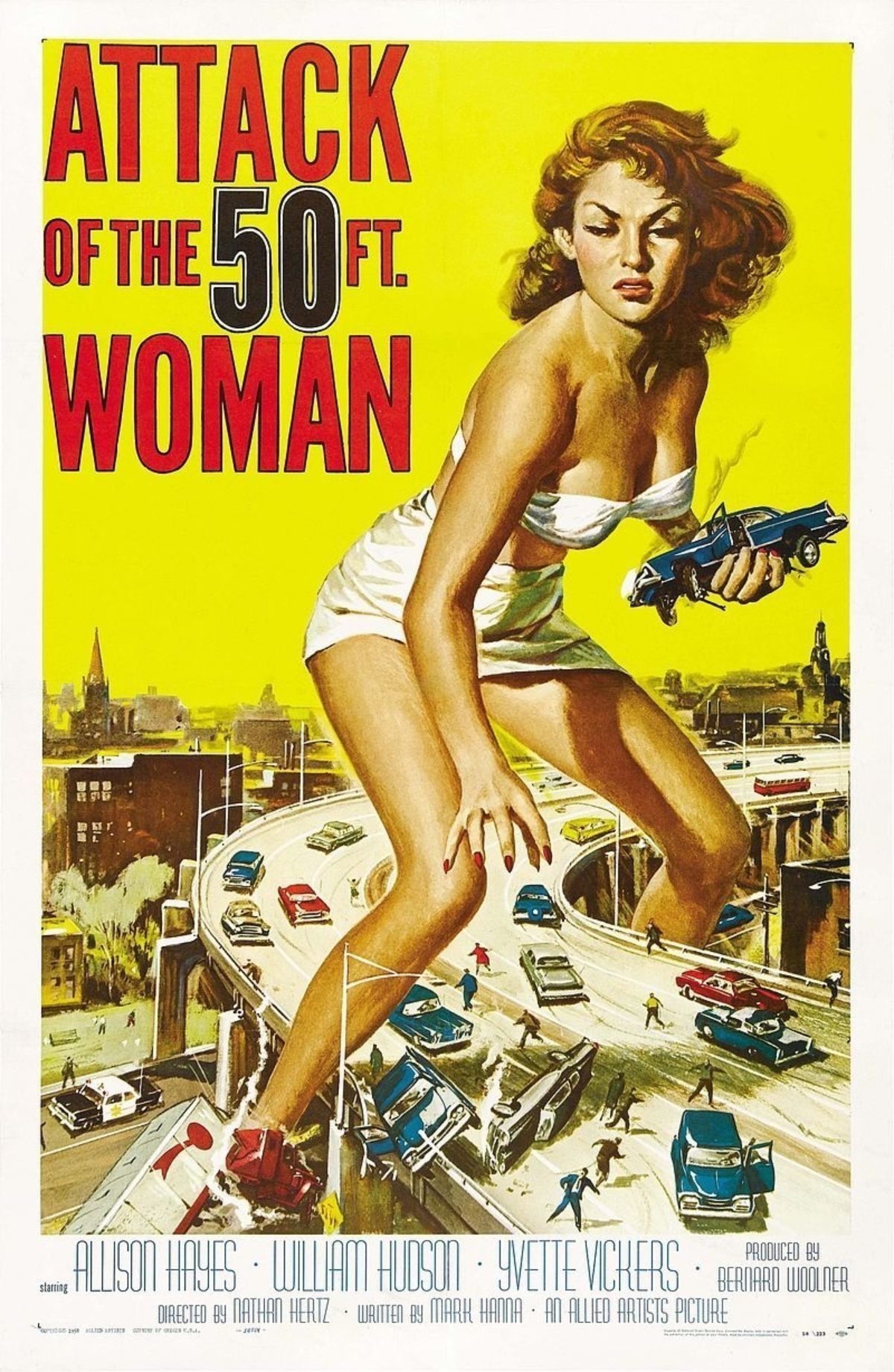

Attack of the 50 Foot Woman by Albert Kallis (concept & art direction) and Reynold Brown (finished art), 1958
While not many people have actually seen Attack of the 50 Foot Woman, everyone will recognize this iconic Sci-Fi poster featuring the titular character wreaking havoc on Los Angeles. This image is from the climatic scene in the film when the leading lady escapes from a mental hospital to seek revenge on her cheating husband and his mistress. Moments later, she will be electrocuted, but not before crushing both her husband and her rival.
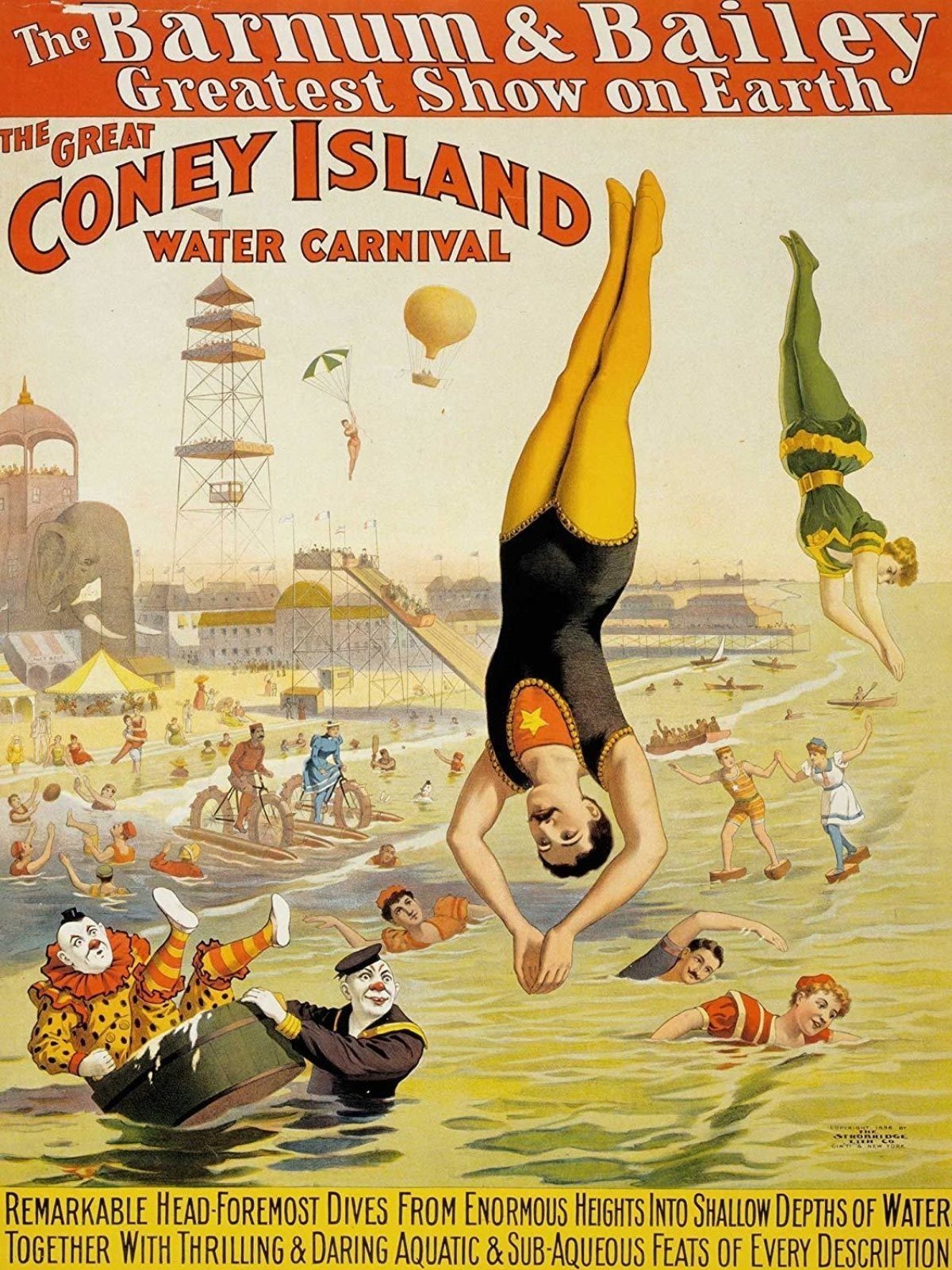

The Great Coney Island Water Festival by an Unknown Artist, 1898
Barnum & Bailey created some of the most intricate, beguiling posters of the early American period. This image is one of their best, capturing the fantastical bliss of a summer by the sea. Promised are mile-high dives into shallow pools and other aquatic feats, none of which would ever look as effortless and magical in person as they do in these posters. In the upper left, you’ll notice the Elephantine Colossus, an elephant-shaped hotel which burned down in Coney Island in 1896.
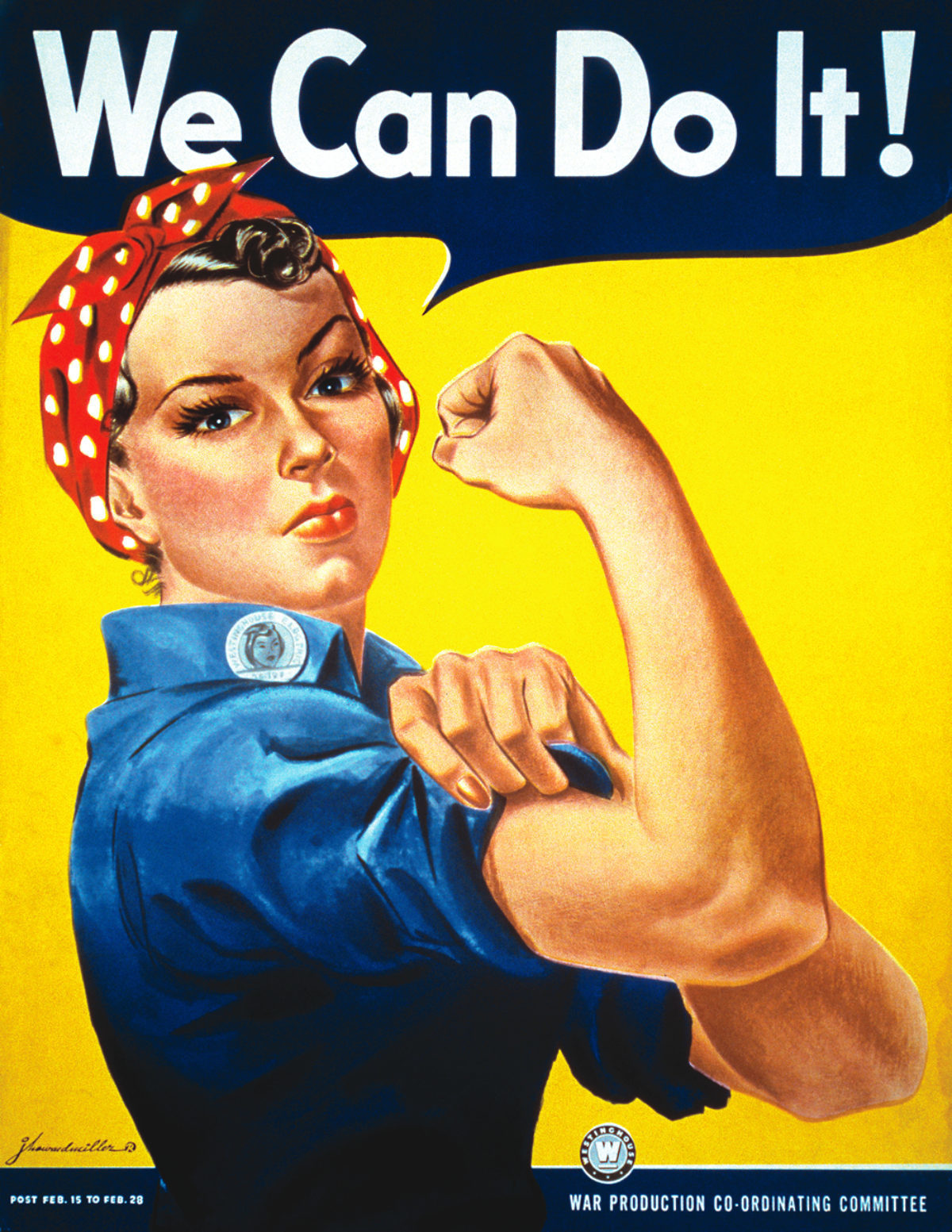
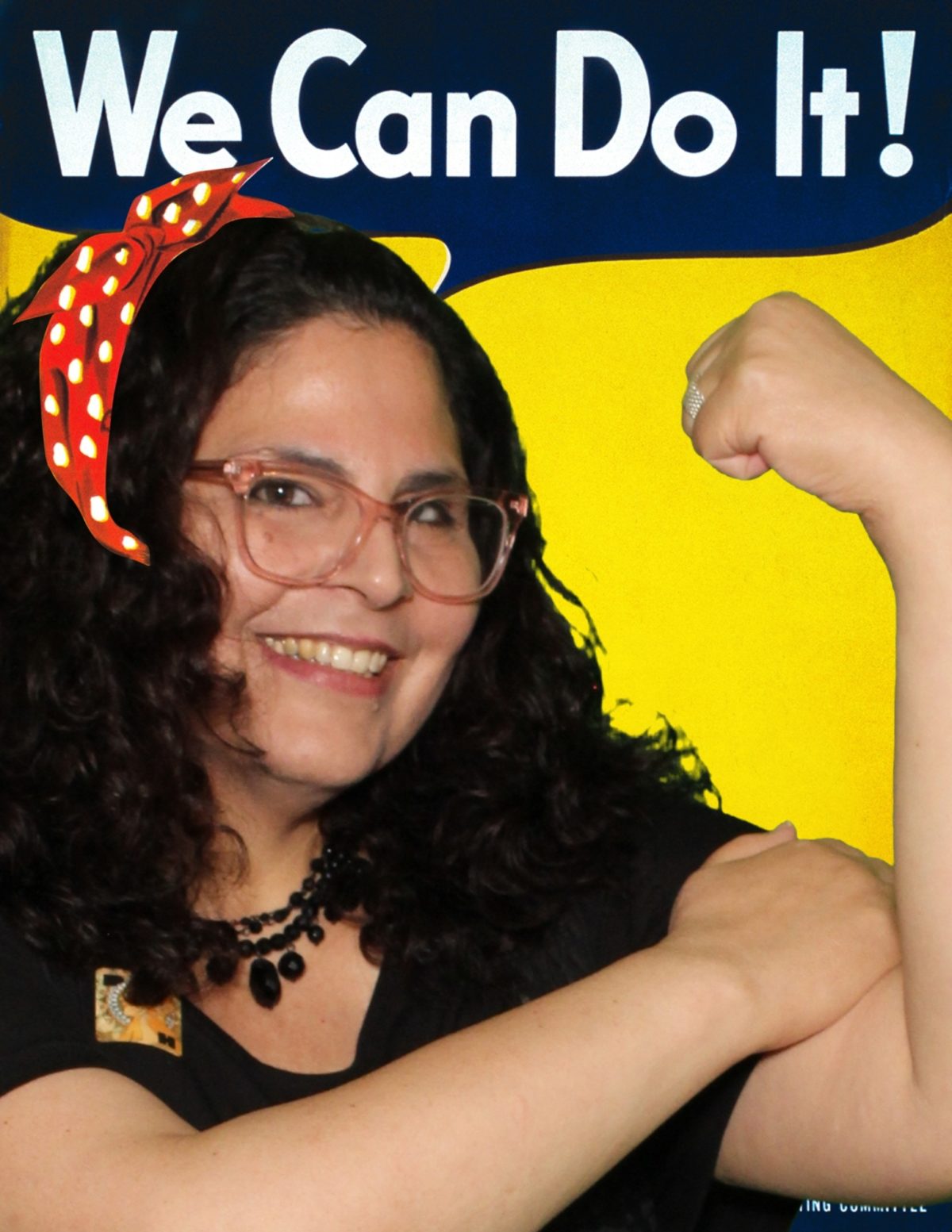
We Can Do It! by J. Howard Miller, 1943
As mentioned in our Hot Poster Gossip blog post dedicated to this poster, it is merely a matter of urban legend that this image has become known as Rosie the Riveter. The poster itself was produced for the back room of a factory as part of an ongoing workplace morale series, encouraging all employees—not just women—to produce for the war effort. Her uniform isn’t that of a riveter, but of someone producing plastic helmet liners. In fact, the woman in the poster only became known as “Rosie” in the 1980s when the design was appropriated by the Women’s Lib movement. It’s a great example of how advertising images can be reinterpreted and misinterpreted over time.
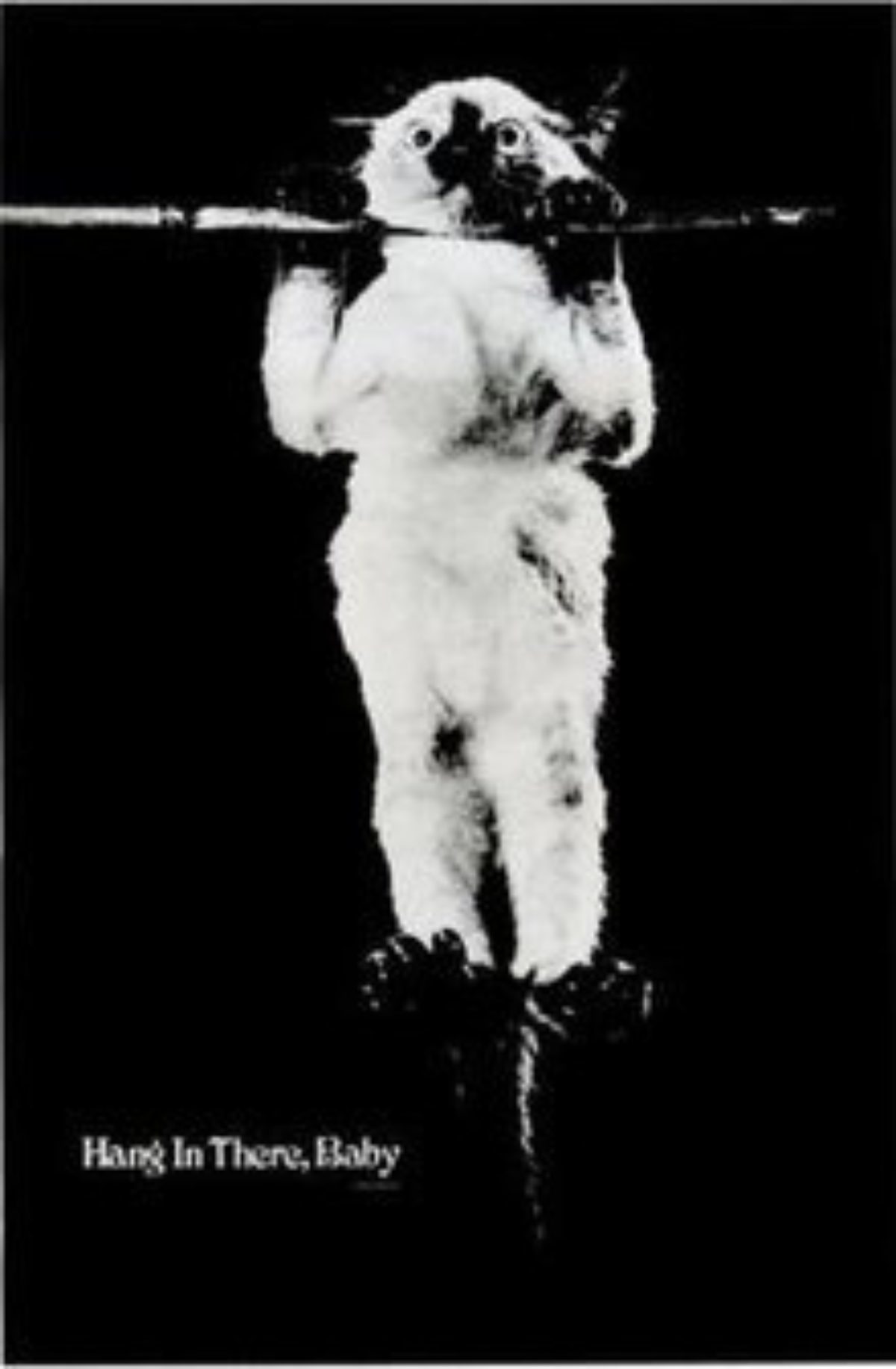

Hang In There, Baby! by Victor Baldwin, 1971
There are countless versions of this motivational poster where a cat dangles helplessly from a branch, accompanied by some catchphrase about “hanging in there.” This, however, is considered to be the very first incarnation of the design, created by an artist who frequently worked with Cat Fancy magazine. The Siamese cat in the poster is actually his personal pet, Sassy. Fun Fact: Richard Nixon was gifted a copy of this poster during the Watergate scandal.
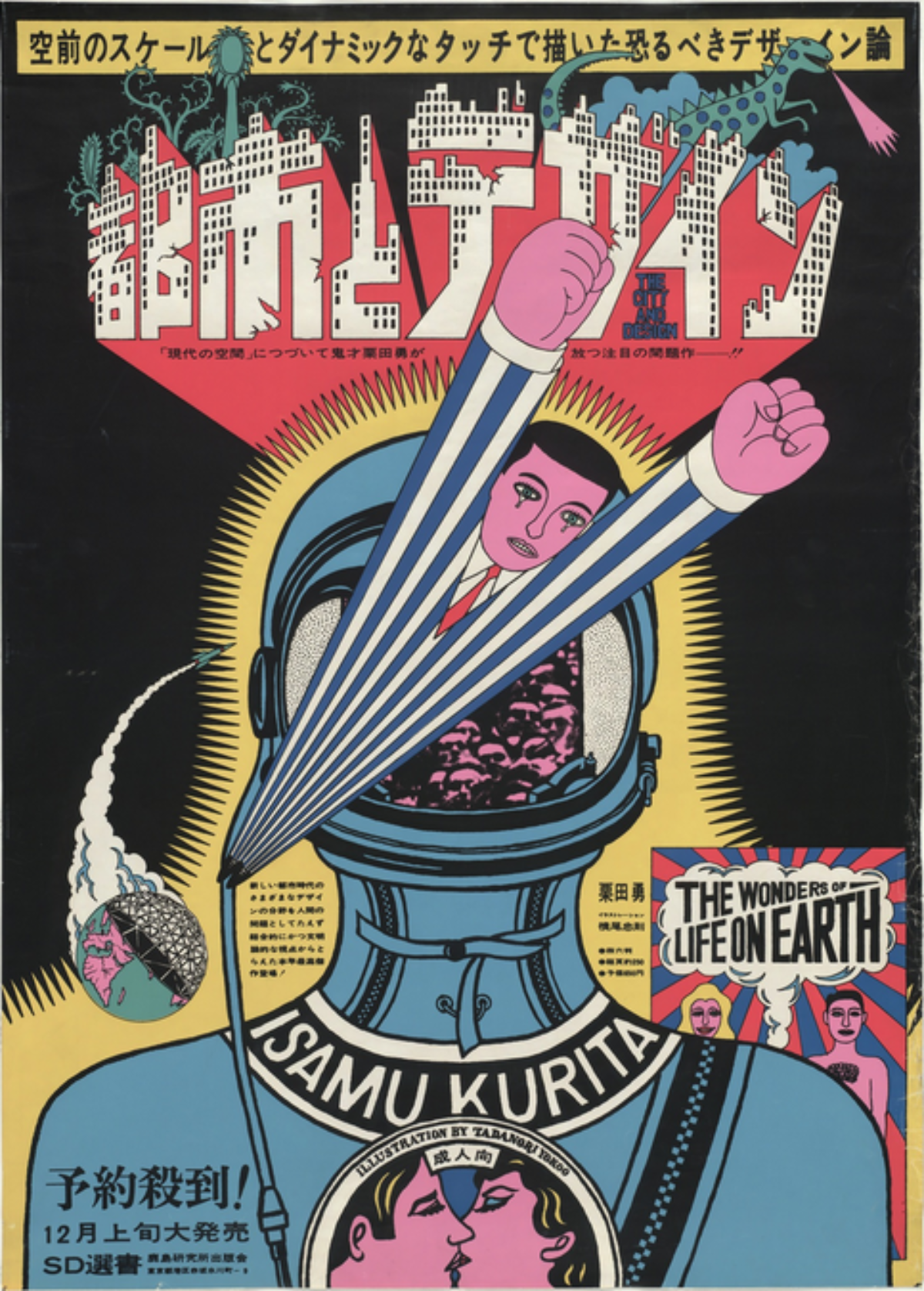
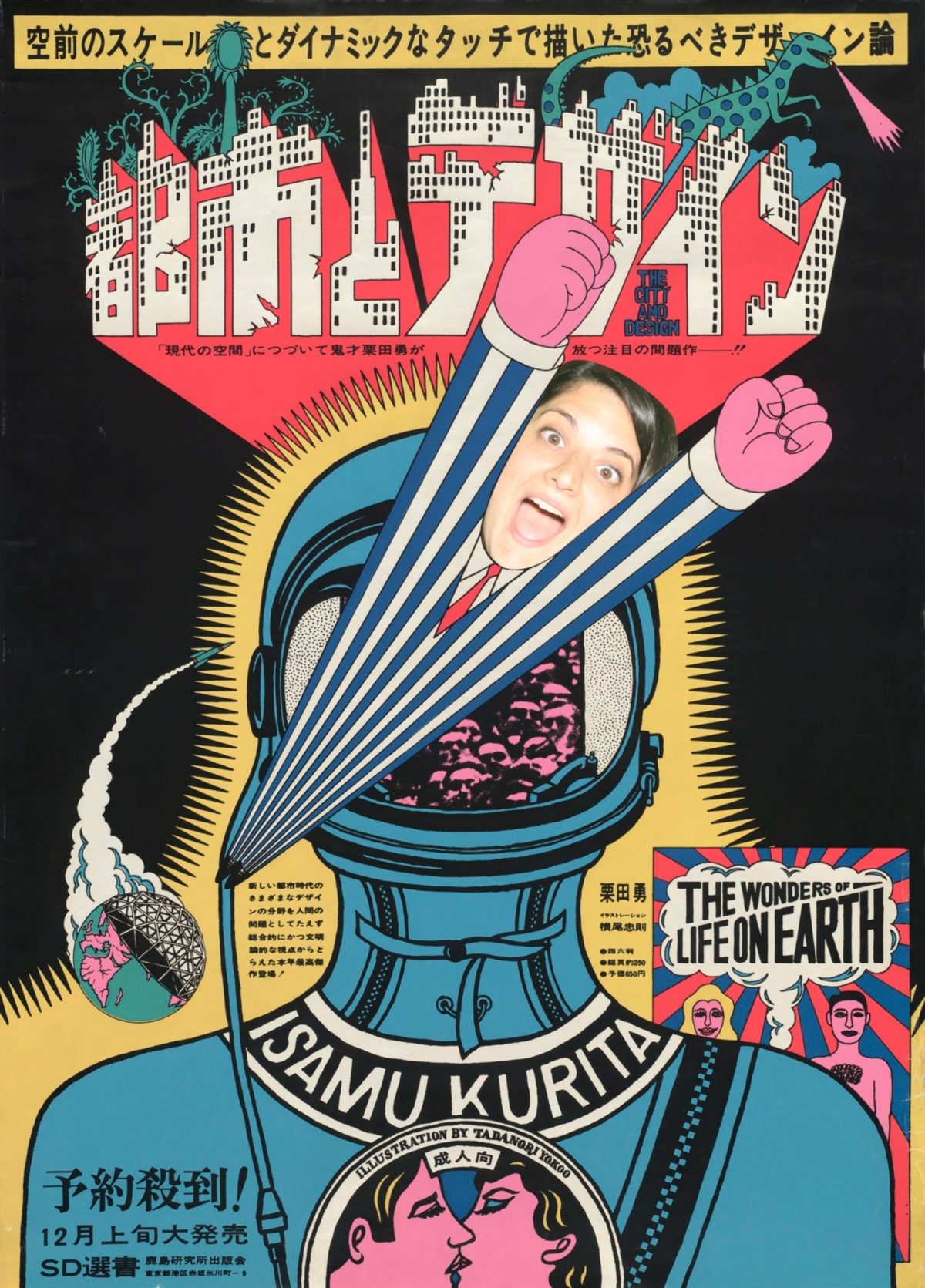
The City and Design, The Wonders of Life on Earth, Isamu Kurita by Tadanori Yokoo, 1966
Tadanori Yokoo is Japan’s most famous poster designer, largely credited with bringing pop art style to advertising. This poster promotes a book by Isamu Kurita, for which Yokoo also created the illustrations, and is one of the earliest examples of the artist’s poster work. It is one of his rarest silkscreen compositions.
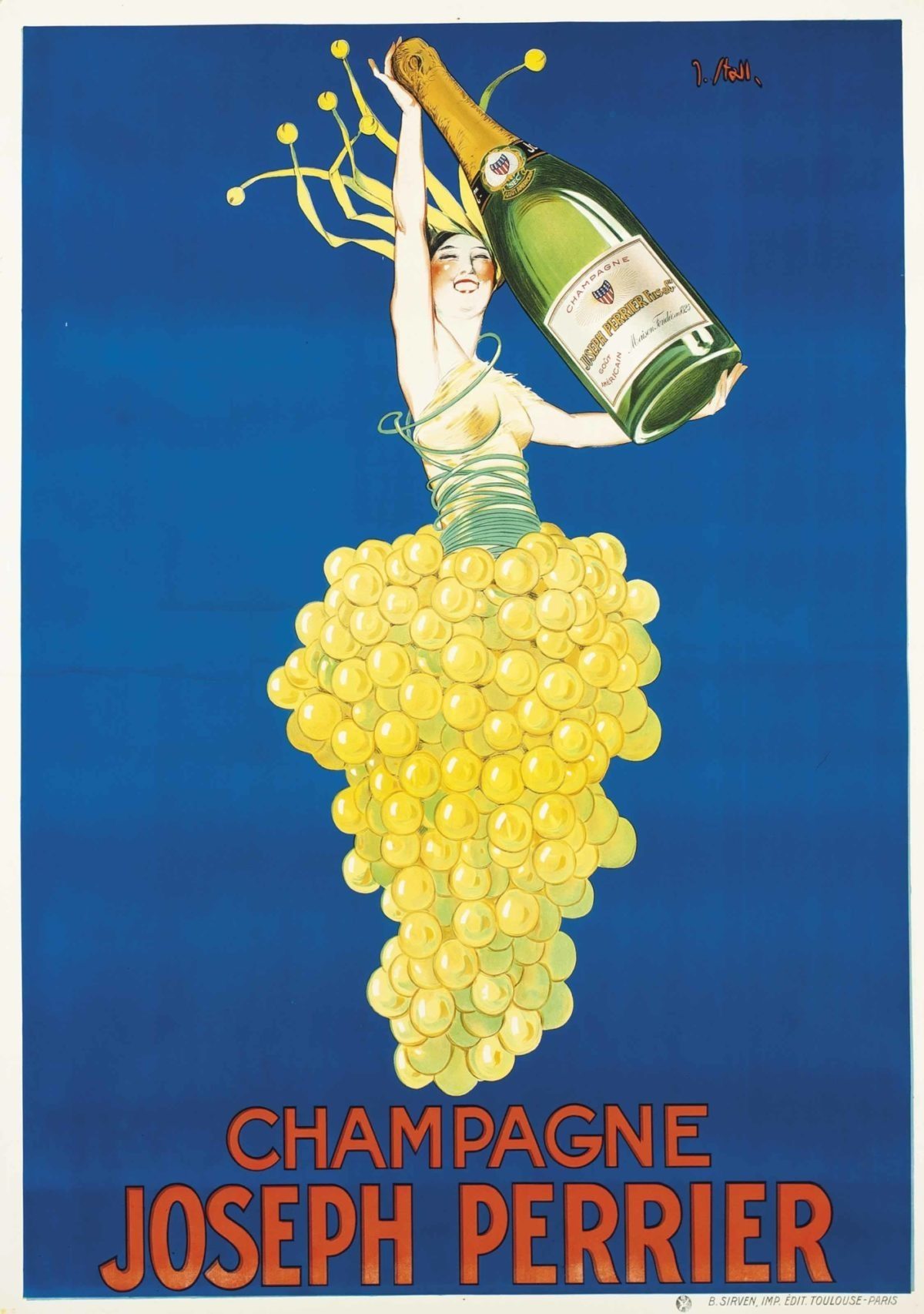

Champagne Joseph Perrier by J. Stahl, 1929
What better way to promote the effervescent joy of champagne than by way of an anthropomorphic bunch of grapes holding an oversized bottle of bubbly aloft? Stahl takes his design cues from Cappiello, The Father of Modern Advertising, who coined the use of a flat, saturated background in combination with a large, central figure and exaggerated props. This style of advertising would continue to be successful and popular up through the 1950s.


Kellar in His Latest Mystery by an Unknown Artist, 1897
Harry Kellar was one of the most famous magicians in the world, known for perfecting many of the profession’s finest tricks, including the Levitation of Princess Karnac. In this poster, he devised a way to make the audience believe he was both removing his own head and making it float in mid-air. Illusions like this brought him such renown that he was asked to perform a private show for President Roosevelt at the White House.
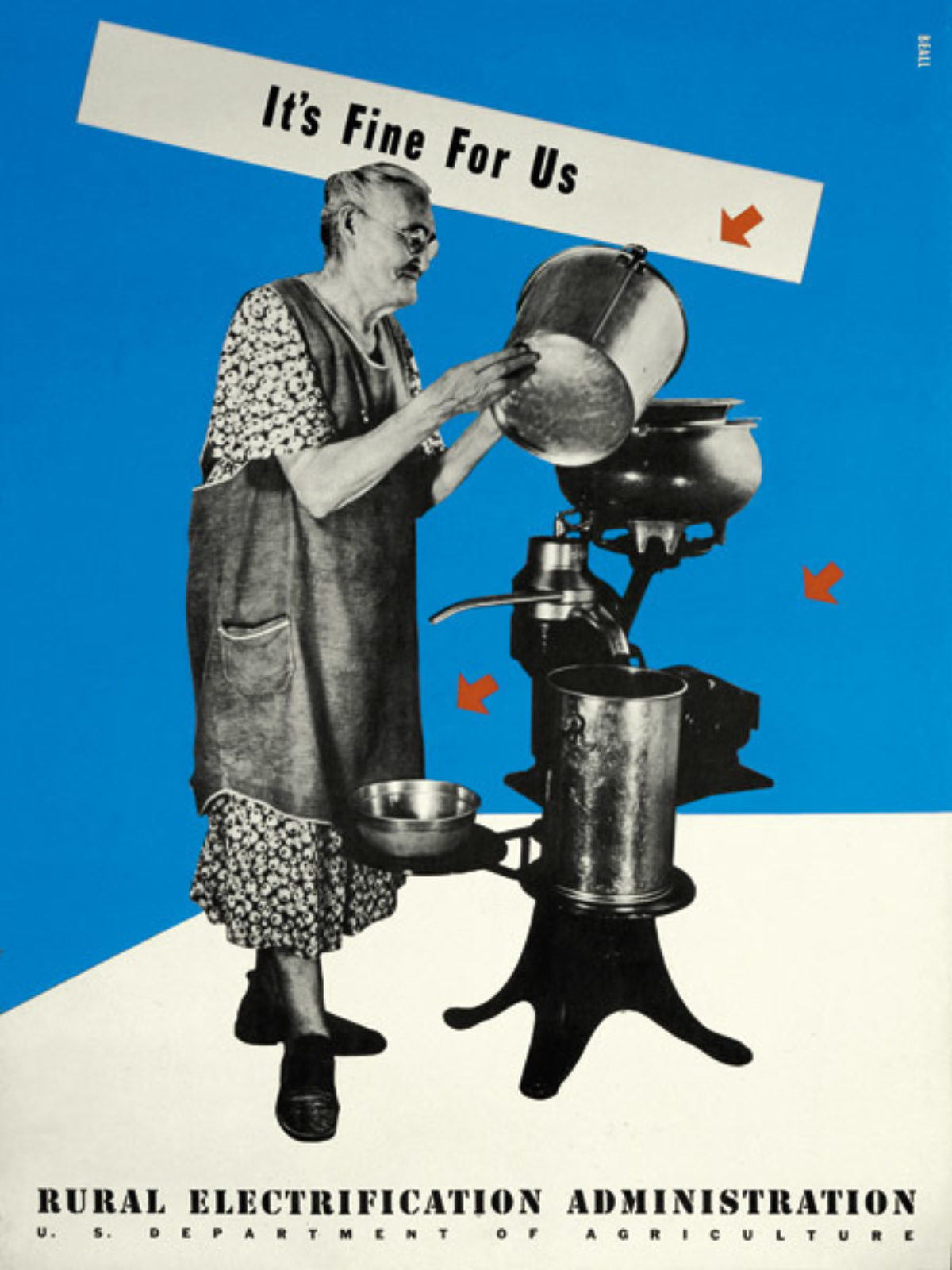

Rural Electrification Administration by Lester Beall, 1939
In the 1930s, most of middle America lacked in-home power. Lester Beall was hired to create three separate series of posters to illustrate via simple, didactic images the benefits of hooking up to the National Grid.

